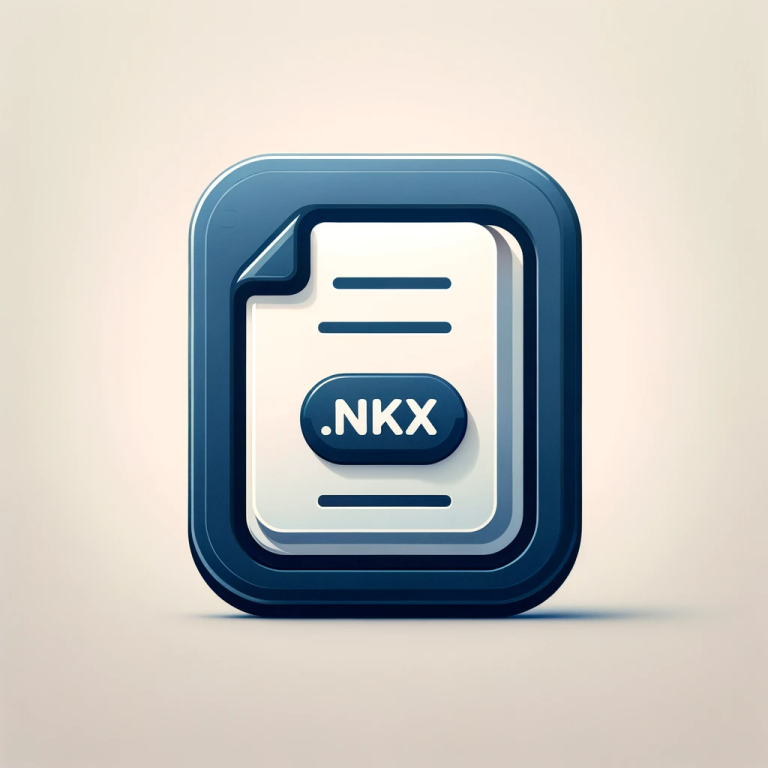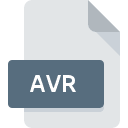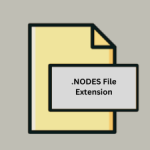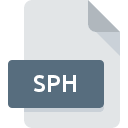.NKX File Extension

Kontakt Monolith Container File
| Developer | Native Instruments |
| Popularity | |
| Category | Audio Files |
| Format | .NKX |
| Cross Platform | Update Soon |
What is an NKX file?
The .NKX file extension is associated with Kontakt, a widely used software sampler by Native Instruments. These files are known as Kontakt Monolith Container Files and are primarily used for storing sample library data.
The .NKX file format is integral in the world of music production and sound design, as it allows for efficient handling and distribution of complex sample libraries.
More Information.
Kontakt was introduced to provide a versatile and user-friendly solution for working with sampled instruments. The .NKX file format was created to serve the needs of Kontakt users.
Its primary purpose was to streamline the process of working with large sample libraries by consolidating numerous samples into a single, manageable file.
This not only made handling and distribution easier but also improved performance by reducing load times and optimizing resource usage.
Origin Of This File.
The .NKX file format was developed by Native Instruments, a leading company in the digital music industry. This format is specifically designed for Kontakt, which has grown to be one of the most popular software samplers available today.
Kontakt provides a versatile platform for music creation, and the .NKX file format plays a crucial role in its functionality.
File Structure Technical Specification.
An .NKX file is a container that holds various data related to a Kontakt sample library. This includes the audio samples themselves, along with metadata like loop points, mapping information, and instrument settings.
The file is structured in a way that Kontakt can efficiently access and utilize the data, allowing users to work with complex instruments without significant performance drawbacks.
How to Convert the File?
Understanding .NKX Files:
First, it’s crucial to understand that .NKX files are not your average audio files. They are Kontakt Monolith Container Files, designed specifically for use with Native Instruments Kontakt.
These files are containers for a collection of samples and instrument data. Because of their proprietary nature, you can’t just convert an .NKX file to another format like you would with a .WAV or .MP3 file.
Using Native Instruments Kontakt:
The most straightforward path to access the sounds in an .NKX file is through Kontakt itself. Here’s how you generally proceed:
- Install Kontakt: Ensure you have either the full version of Kontakt or the free Kontakt Player installed.
- Open Kontakt: Launch the application.
- Load the Library: Use Kontakt’s browser to locate and load your .NKX file. Once loaded, you should have access to all the instruments and samples within the file.
Converting the Data:
Technically, you’re not converting the .NKX file itself but extracting or exporting the sounds it contains. Exporting Individual Samples. If you’re interested in individual samples:
- Navigate Through Kontakt: Find the specific sample you want within Kontakt’s interface.
- Export the Sample: Kontakt typically allows you to export individual samples. The exact method may vary depending on the version, but it usually involves right-clicking on the sample and selecting an export option.
Recording the Output of an Instrument:
If you need the entire output of an instrument patch, including effects and settings:
- Set Up a DAW: Open a Digital Audio Workstation that supports VST or AU plugins.
- Load Kontakt as a Plugin: Insert Kontakt into your DAW and load the .NKX file.
- Record: Arm a track for recording, play the instrument through Kontakt, and record the output.
- Export the Recording: Once done, export the recorded audio from your DAW in a standard format like .WAV or .MP3.
Advantages And Disadvantages.
Advantage:
- Efficiency: .NKX files consolidate numerous audio samples and related data into a single file, making it easier to manage and distribute large sample libraries.
- Performance: Kontakt is optimized to work with .NKX files, ensuring quick load times and smooth performance, even with complex instruments.
- Compatibility: As a native format for one of the most popular software samplers, .NKX files are widely supported and recognized in the music production community.
Disadvantage:
- Proprietary Format: Being specific to Kontakt, .NKX files are not directly usable with other software, limiting their versatility.
- File Size: Due to the nature of sample libraries, .NKX files can be quite large, potentially posing storage and transfer challenges.
- Complexity: For beginners, the structure and management of .NKX files can be somewhat intimidating, requiring a learning curve to use effectively.
How to Open NKX?
Open In Windows
- Install Native Instruments Kontakt: Download and install Kontakt or Kontakt Player from Native Instruments’ website.
- Run Kontakt: Open Kontakt.
- Load .NKX File: Use the file browser within Kontakt to locate and load your .NKX file. This will enable you to access and use the sounds and instruments contained within the file.
Open In Linux
- Install a Compatibility Layer: Use a program like Wine, which allows you to run Windows applications on Linux.
- Install Kontakt via Wine: Install Kontakt or Kontakt Player in the Wine environment.
- Run Kontakt in Wine: Open Kontakt through Wine and load your .NKX file as you would in Windows.
Open In MAC
- Install Kontakt: Download and install Kontakt or Kontakt Player from Native Instruments.
- Run Kontakt: Launch Kontakt on your Mac.
- Load .NKX File: Use Kontakt’s file browser to find and load the .NKX file.
Open In Android
- Export Sounds from Kontakt on a Computer: Use Kontakt on a Windows or macOS computer to load your .NKX file and then export the individual sounds or samples you need. You can typically export them in universal formats like WAV or AIFF.
- Transfer to Android: Transfer the exported audio files to your Android device using a USB cable, cloud storage, or another file transfer method.
- Use a Compatible App: Use an audio or music app on your Android device that can play or manipulate the transferred audio files. Apps like FL Studio Mobile, Caustic 3, or WaveEditor for Android can handle such files for music production purposes.
Open In IOS
- Export Sounds from Kontakt on a Computer: As with Android, start by using Kontakt on a computer to export the sounds from the .NKX file into a compatible audio format.
- Transfer to iOS: Use iTunes, iCloud, or direct file transfer to get the exported audio files onto your iOS device.
- Use an Audio or Music App: Use apps like GarageBand, Cubasis, or AudioShare on your iOS device to work with the audio files.
Open in Others
- Export from Kontakt on a Compatible System: Use a system where Kontakt runs (Windows or macOS) to export the sounds from the .NKX file.
- Transfer the Files: Move the exported audio files to the target device or system using a suitable method, whether it’s physical transfer, network transfer, or cloud storage.
- Use Compatible Software: On the target system, use software that can handle the audio file format you exported. This might be a DAW, a media player, or specific audio editing software, depending on what’s available for the operating system.













